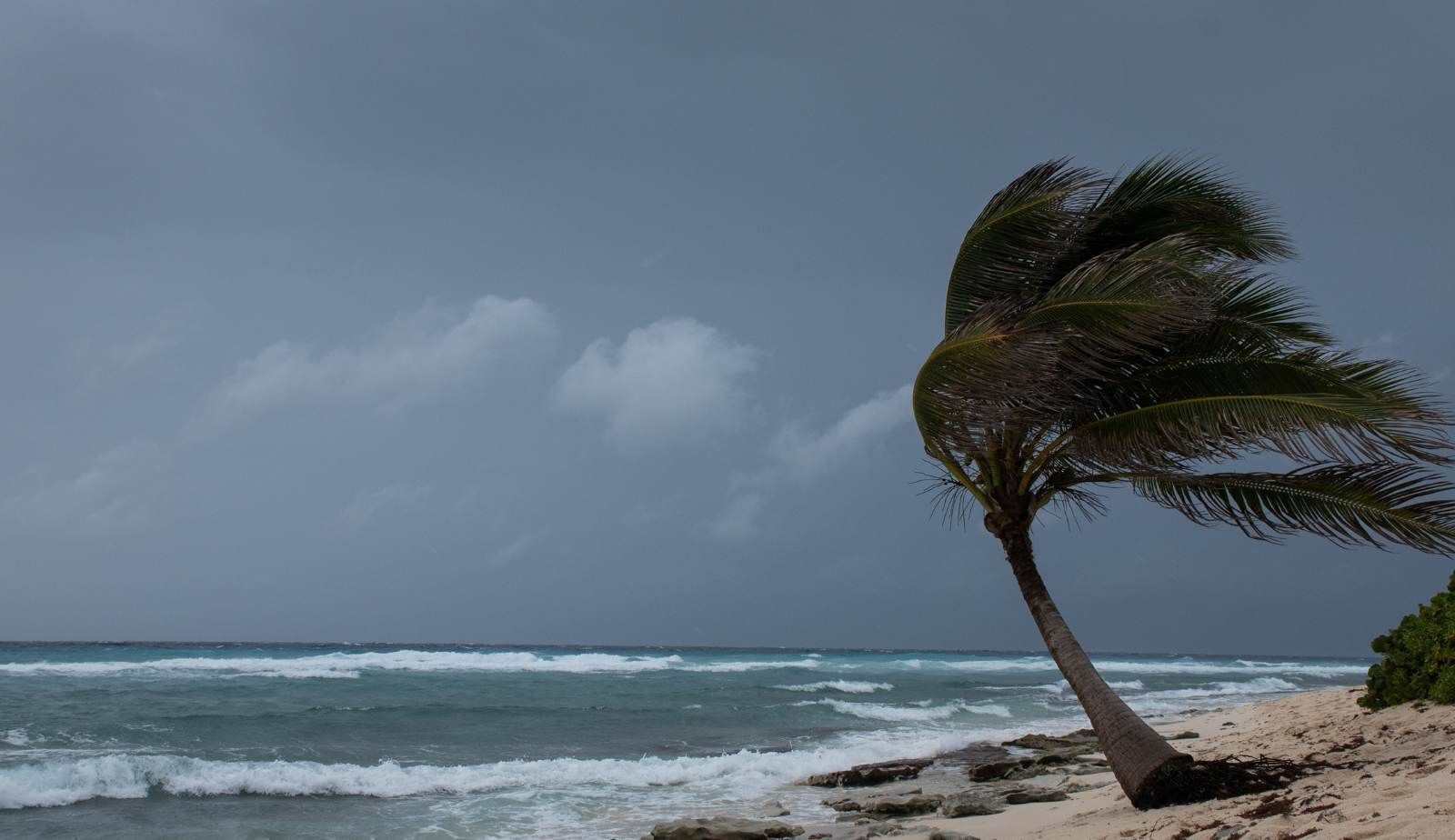Inspecting for Mold After a Flood
When hurricanes or other major storms rip through a local area, the storm often soaks the area with inches of water in a short time frame – leaving flooding an inevitable consequence for some. Mold can begin to develop and spread in as little as 24 hours after water enters your home or business. If water restoration efforts do not begin in a timely enough manner, you could be left with mold after a flood. I you are worried that flooding might have left you with a mold issue, it is best to schedule a mold inspection with a local certified mold inspector Broussard LA.
Hidden Mold Growth Caused by Flood Waters
Fungal growth isn’t always visibly apparent right away. Spores can root and spread on virtually any surface. As water seeps into your wall voids, under flooring and behind furniture – mold can begin to develop on hidden surfaces without homeowners even noticing. If the flood cleanup efforts are not thorough enough and leave behind remnants of moisture, fungal growth will continue and develop into a widespread issue.
Certified inspectors are specially trained to conduct detailed assessments to trace moisture patterns and identify potential hidden mold after a flood and issues caused by hidden water damage in Broussard buildings.
Does That Musty Odor Mean I Have Mold?
If enough time has passed to allow for mold development, musty odors might present shortly following. Even you can’t see the mold, you can often smell the mold. Mold generally has an unpleasant, strong, musty, or earthy smell. It may smell like wet laundry that sat for too long or rotting wood or paper. The odor can be the only indication you can find if the mold growth is concealed behind building materials, under floors, behind walls, or in an area that is difficult to access. Do not assume that because you cannot smell mold, it does not exist. Not all mold releases an odor.
If you detect a musty odor after a flood, you should consult a professional who can conduct air quality testing for mold. Hidden fungal activity could be aerosolizing and compromising the indoor air quality.
Professional Mold Inspection & Mold Testing After a Flood
If your property floods, one of your first steps should be to contact a local flood cleanup company in Broussard to begin the water extraction, damage restoration and structural drying. After a flood, you should also consider getting the property inspected and tested for mold. Once exposed to moisture, it does not take long for mold to develop and spread. When it comes to fungal growth, early detection and removal is crucial to protecting your property and health.
Professional mold inspections most commonly include a visual assessment, moisture mapping, thermal imaging, surface sampling and air quality testing. Using advanced inspection tools, inspectors are able to determine if you have mold, track the underlying moisture source, identify the full extent of the issue, and prescribe the proper scope of work for mold remediation. And, if the inspection reveals a normal fungal ecology that does not warrant concern, you and your family and move forward with a peace of mind.
You might also like
DryMax Restoration Blogs




